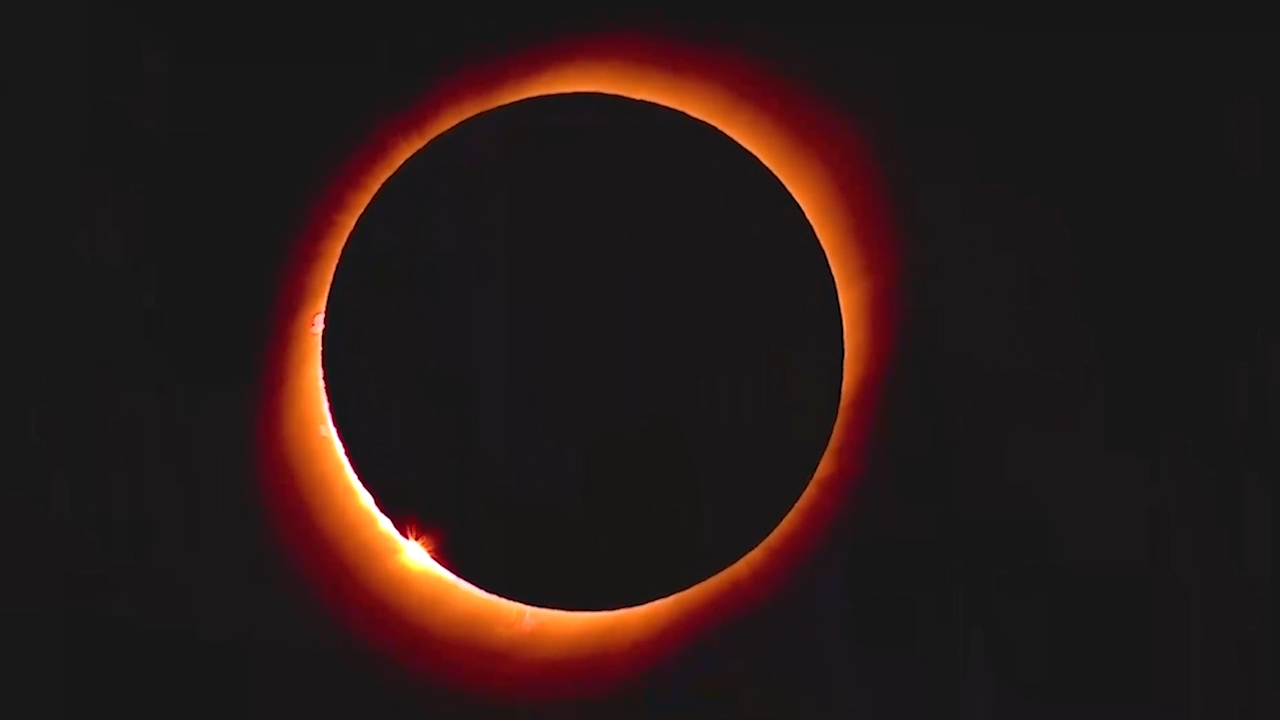Only a partial solar eclipse will be seen here on the Central Coast.
One San Luis Obispo resident traveled to Belton, Texas to see the total solar eclipse.
“This is the closest to San Luis Obispo that I can get to in a reasonable amount of time driving,” Dan Andoetoe who lives in San Luis Obispo said.
Andoetoe and four others from San Luis Obispo made the trip out to Belton Lake.
“There were a lot of positive reviews from the last eclipse so I thought I'd check it out,” Andoetoe said.
With clouds and thunderstorms in the forecast, he isn't sure they’ll see it.
“It may not be what we expected,” Andoetoe said.
An eclipse of the sun happens when the moon moves between the sun and earth blocking out the sun’s rays and casting a shadow on the Earth.
Since the moon’s shadow is not big enough to cover the entire planet, the shadow is limited to a certain area.
Some places will have a better view than in San Luis Obispo, which will see about 40% of an eclipse.
Luke Swindell has never seen a solar eclipse before and is going on a field trip with his middle school class.
“I'm most excited to see all my friends' reactions to what it looks like,” Swindell said.
Swindell says they've been learning about the solar eclipse in school and he is fascinated with science.
“The moon and astronauts and how they talk and different brands like SpaceX and NASA and stuff,” Swindell said.
Desaree Medina only remembers a little bit of the solar eclipse from seven years ago when she was in middle school, but she has plans to watch the partial solar eclipse.
“I’m excited to experience that moment that I didn't really remember back then and now I'm excited to just relax and get a nice view,” Medina said.
In San Luis Obispo the eclipse will start at 10:08 a.m. and go for approximately two hours and ten minutes.
The path of the total solar eclipse in the United States will start in Texas and travel its way through Oklahoma and Arkansas up diagonally through Maine according to NASA.
How to make a pinhole from a cereal box:
- Cut two openings at the bottom of the box
- Using tape, cover one of the openings with a piece of paper or aluminum foil punctured with a small pinhole
- Face away from the sun, allowing the light to hit the pinhole
- Looking through the remaining opening to the inside of the box, watch as the sun projection goes from a complete circle to an eclipse




